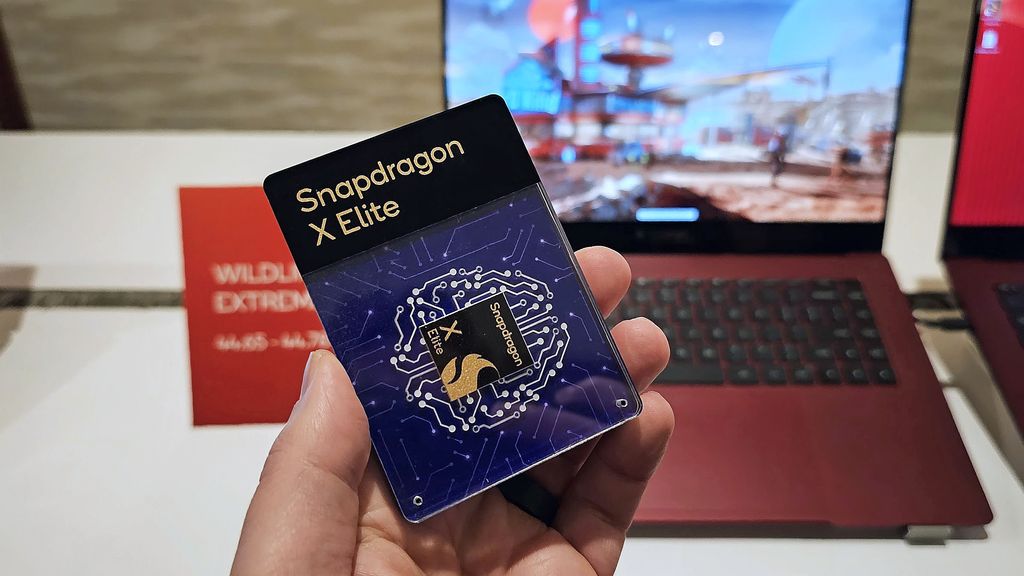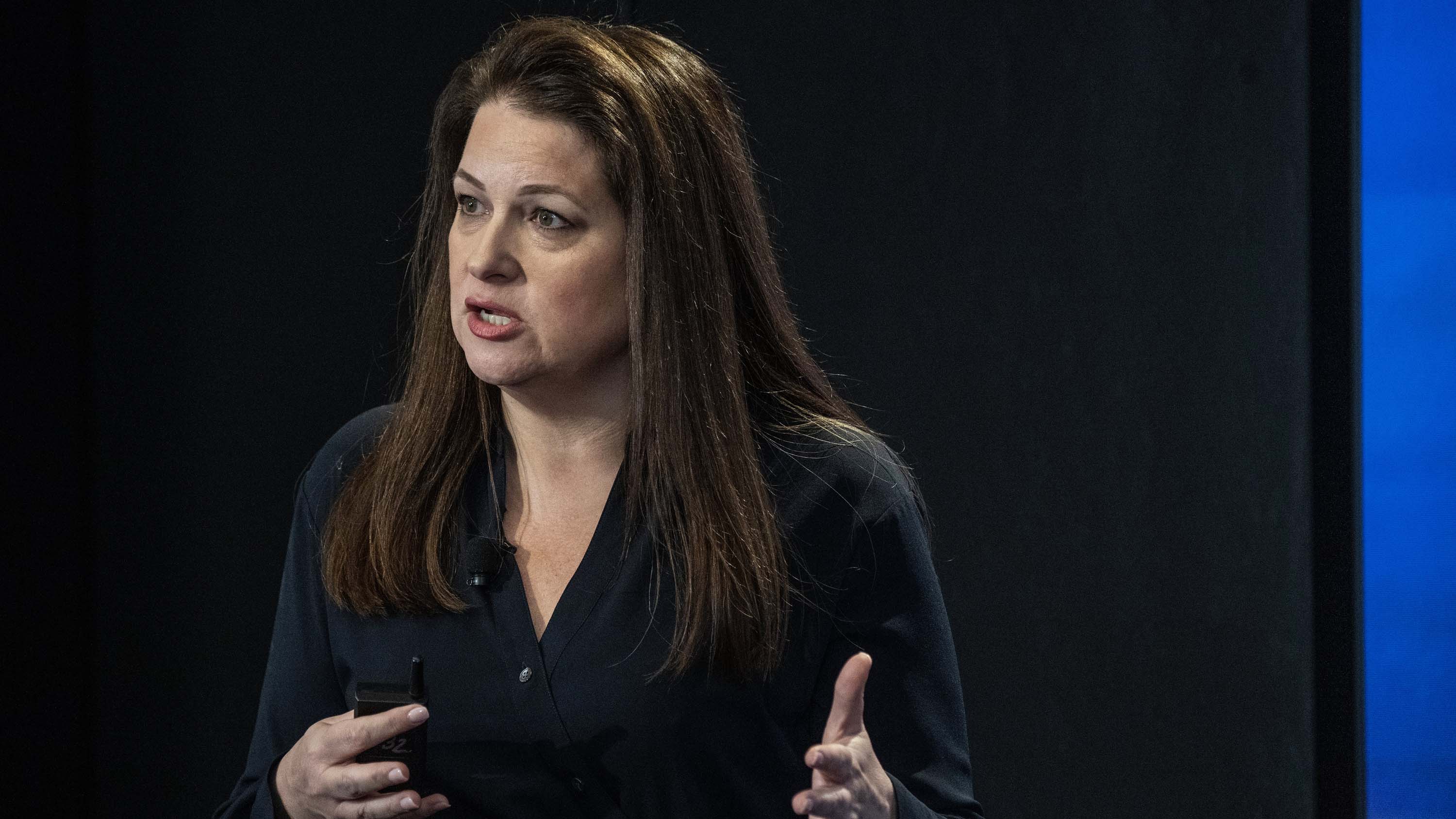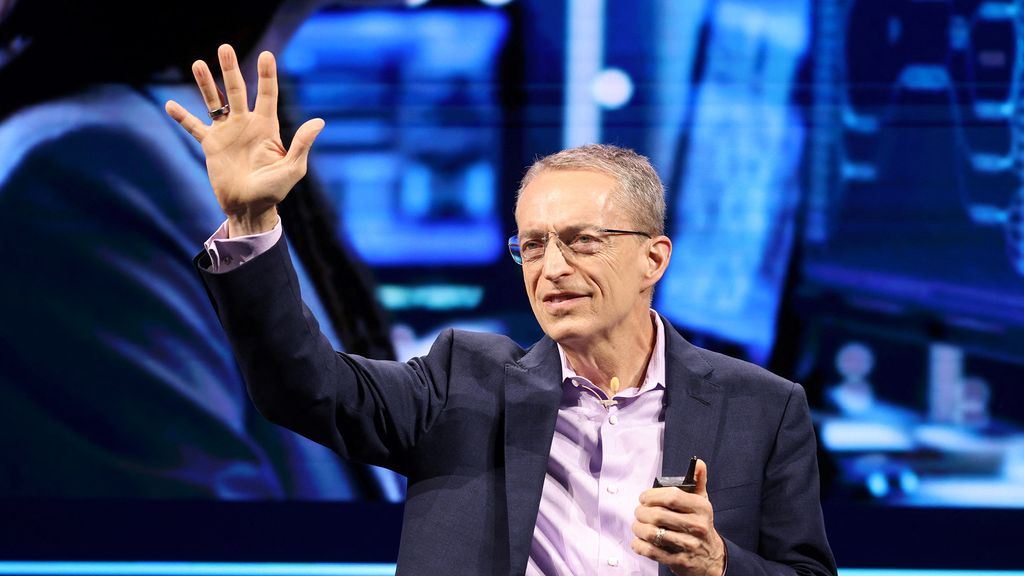Qualcomm claims that its "device return rates are within industry norm" despite what Intel's co-CEO stated recently.
The battle between Qualcomm and Intel just got another friction-filled chapter. Shortly after Intel co-CEO Michelle Johnston Holthaus claimed Arm PCs with Snapdragon processors have high return rates, Qualcomm shared an official statement refuting Intel's claims.
“Our devices continue to have greater than 4+ stars across consumer reviews and our products have received numerous accolades across the industry including awards from Fast Company, TechRadar, and many consumer publications. Our device return rates are within industry norm,” said a Qualcomm representative to CRN.
Qualcomm's statement came in response to Holthaus claiming that retailers face high return rates when selling Arm PCs.
“If you look at the return rate for Arm PCs, you go talk to any retailer, their number one concern is, ‘Wow, I get a large percentage of these back,’ because you go to set them up, and the things that we just expect don't work,’” said Holthaus.

Qualcomm launched its Snapdragon X Elite and Snapdragon X Plus processors this year, helping Arm PCs
compete with Intel-powered systems.
(Image credit: Future)
Arm PCs have been around for years, but they have pushed their way into the limelight in 2024 thanks to Qualcomm's Snapdragon X processors. The Snapdragon X Elite and Snapdragon X Plus are much better than previous chips that went inside Arm PCs, creating competition with Intel. Windows 11 now works better with Arm as well, thanks to work by Microsoft. Running apps through emulation is also better because of Microsoft's Prism emulation software. Arm computing has also gained many significant native Arm applications in 2024.
Holthaus acknowledged that work but cited hurdles Arm computing still has to overcome, stating, “If you look at the investment in Arm, you look at the work that Microsoft's done, there's been a very large push to make Arm ubiquitous in the PC, and there's some real challenges to Arm being ubiquitous in the PC."
Without official word from retailers, it's impossible to determine which tech company is correct in this case. I don't think stores will be eager to share return figures related to some of their biggest clients either, though there's always a chance more details will emerge.



3175x175(CURRENT).thumb.jpg.b05acc060982b36f5891ba728e6d953c.jpg)

Recommended Comments
There are no comments to display.
Join the conversation
You can post now and register later. If you have an account, sign in now to post with your account.
Note: Your post will require moderator approval before it will be visible.